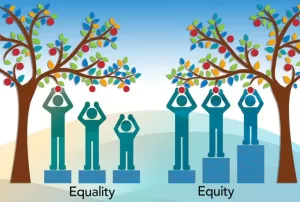When we think of communication problems in the education sector...
Effective communication is really important in education. It connects teachers, students, parents, and the whole community. This helps everyone understand their goals, expectations, and progress. However, communication challenges in school can get in the way of teamwork, hurt learning, and damage trust.
Things like language barriers, cultural differences, generation gaps, and technology problems make school communication very complex.
This article will look at the root causes of these challenges.
Imagine a class where students don’t understand instructions because of language issues. Or parents feel disconnected from their kids’ schoolwork. Teachers may struggle with outdated ways to connect. Sadly, these scenarios are real problems many schools face today.
When communication is unclear, bad things can happen. It can break trust, cause misunderstandings, and make people feel separated. Students may feel lost and without support. Parents may feel uninformed and worried. Teachers may have trouble engaging their audience well.
Over time, these communication gaps can hurt academic progress. They can reduce student motivation and even contribute to dropout rates. It’s a vicious cycle that can harm the success of schools and the well-being of their communities.
Fixing these challenges requires teamwork from everyone involved. Everyone needs to be open to change and committed to fostering a culture of open and transparent communication.
The following sections will explore practical strategies and steps that can be taken to bridge the communication gap and enhance the learning environment for all.
We will also tackle how All Graduates help Brighton Grammar School, a school with a diverse community, deal with these kinds of problems.
Request A Quote Now
Communication Challenges in Culturally Diverse Schools
Teachers in culturally diverse schools often face difficulties communicating with students and parents from different cultural backgrounds. Studies show over 60% of teachers find it challenging to engage parents from non-English speaking backgrounds.
 Communication barriers arise when people speak different languages or have different communication styles. For students, not understanding instruction or disciplinary actions due to language differences can lead to behavioral issues like aggression or bullying. Staff members may also struggle to work together effectively if they have contrasting communication styles.
Communication barriers arise when people speak different languages or have different communication styles. For students, not understanding instruction or disciplinary actions due to language differences can lead to behavioral issues like aggression or bullying. Staff members may also struggle to work together effectively if they have contrasting communication styles.
Language Barriers: More Than Just Words
One of the most obvious communication challenges in culturally diverse schools is language. While English may be the common language of instruction, students may have varying levels of proficiency, making it difficult to fully grasp concepts and express themselves effectively. This can lead to feelings of isolation and frustration, hindering their academic progress and overall well-being.
Cultural Differences: Navigating the Unseen
Communication is not just about words; it’s also about nonverbal cues, unspoken expectations, and cultural norms. These can vary greatly from one culture to another, and misinterpretations can easily occur.
For instance, students from some cultures may view direct eye contact as disrespectful, while others may interpret it as a sign of engagement. These cultural differences can lead to misunderstandings and make it challenging to build rapport and trust.
The Impact of Language Barriers on Student Outcomes
Communication challenges can have a huge impact on students from diverse backgrounds. Studies show that students with limited English proficiency tend to have lower grades and higher dropout rates.
On the same note, when parents can’t communicate effectively with teachers and staff, they may feel disconnected from their child’s education. This can negatively affect a student’s motivation and success in school.
As an example, parents may miss important messages about assignments, events, or their child’s progress if communications aren’t in a language they understand.
Some solutions that have been shown to help include:
Providing professional interpreters and translators. Schools that offer language services in the major languages of their community have been able to improve engagement and relationships with families.
Translating essential documents. Things like student handbooks, newsletters, report cards, permission slips, and announcements should be available in the relevant languages. This helps to keep all parents informed and involved.
Building cultural awareness. Educating teachers and staff about cultural differences can help them be more sensitive and effective communicators. Understanding a family’s background and values leads to more positive interactions and outcomes.
Using technology for translations. While human translators are ideal, apps and services can also be used to quickly convey information in emergencies or for short messages. These tools are getting better all the time but should be used carefully.
Providing English classes. Some schools offer ESL or English classes for parents and families. This helps empower them to communicate directly with the school and assists their children’s learning at home.
Focusing on inclusive communication and language access leads to a supportive environment where students from all backgrounds can thrive. Schools that make the effort to connect with linguistically diverse families in meaningful ways will see the benefits in student well-being, community engagement, and academic success.
Bridging the Communication Chasm with Professional Language Services
Effective communication is key to building positive relationships between schools and culturally diverse families. However, language barriers can make this challenging. Using professional interpreters is one of the best ways to overcome communication challenges and connect with parents from non-English speaking backgrounds.
Interpreters help convey important information accurately between the school and families. They translate conversations, documents, and notices, ensuring that nothing gets lost in translation. This means parents can fully understand their child’s progress, opportunities, and any issues. It also allows them to communicate their concerns, questions, and feedback to the school.
Studies show that using interpreters leads to improved student outcomes. When parents are more engaged and informed, they can better support their child’s education. Interpreters play an important role in facilitating this engagement and involvement.
Professional interpreters also help schools avoid issues that can arise from using informal interpreters, like family members, friends, or children. Informal interpreters may filter or change information to suit their agenda. They can also feel uncomfortable interpreting sensitive topics or confidential discussions.
In contrast, professional interpreters are trained to interpret information objectively and keep all discussions confidential.
While professional language services may require an initial financial investment, the long-term benefits to students, parents, and schools are well worth it.
Interpreters help build trust and cooperation between culturally diverse families and schools. They ensure that all parents, regardless of language background, have equal opportunity to support their child’s education.
For schools aiming to foster an inclusive environment and help each student reach their full potential, professional interpreting is an invaluable tool.
All Graduates specialises in providing professional language services to bridge communication gaps. We can connect your school with NAATI-accredited interpreters in over 100 languages. Together, let’s build positive partnerships with parents from all cultural backgrounds.
Request A Quote Now
Creating an Inclusive Community Through Better Communication
To build an inclusive community, improving communication is key. When communication barriers exist, it can negatively impact relationships and cooperation. This is especially true in diverse, multicultural environments like schools.
Use inclusive language
Using inclusive language that recognizes and respects different groups of people is critical. Pay attention to the images, phrases, and words you choose. Avoid assumptions and be mindful of cultural differences in how certain terms or concepts are understood. Providing translated materials and interpreters are two ways to improve inclusiveness.
Open and transparent communication
Open communication, where people feel heard and valued, builds trust and understanding. Be transparent in the reasons behind decisions or policies and provide opportunities for constructive feedback. Surveys, focus groups, and community forums are useful for gaining insights into diverse audiences and adapting your communication style.
Meet people where they are
Effectively communicating across cultures requires understanding your audience. Connect with people in ways they can easily understand, whether that’s providing materials in multiple languages, using visuals, or simplifying complex ideas. Consider people’s backgrounds, experiences, and abilities. A “one-size-fits-all” approach often fails in diverse, multicultural settings.
Bring people together
Create opportunities for people from different backgrounds to connect through events, partnerships, or shared experiences. When people interact directly, cultural barriers and misunderstandings tend to decrease. Promoting intercultural dialog and relationships within the community helps to build inclusion.
Improving communication and inclusiveness is an ongoing process that requires continuous effort and adaptation.
 But by using inclusive language, maintaining open and transparent communication, meeting people where they are, and bringing the community together, you’ll be well on your way to fostering an inclusive environment where people from all backgrounds feel respected and valued.
But by using inclusive language, maintaining open and transparent communication, meeting people where they are, and bringing the community together, you’ll be well on your way to fostering an inclusive environment where people from all backgrounds feel respected and valued.
Improving Communication at Brighton Grammar School
When we think about communication challenges in education, we often focus on teachers and educators struggling to connect with their students. However, we don’t always consider the struggles they face in connecting with parents.
This is an ordeal Brighton Grammar School has to deal with.
Understanding Different Perspectives
A few years ago, senior leaders at Brighton Grammar School received some surprising feedback from recently held parent-teacher meetings. Maggie Lynch OAM, the Coordinator of the school’s International Parents’ Support Group, noted there was a communication gap with families from non-English speaking backgrounds.
As a top independent school with great academic success and an active international marketing effort, Brighton Grammar is a popular choice for new Australian families seeking excellent education for their kids and immersion in Australian culture.
However, some of these new community members had a hard time fully engaging in important parent-teacher discussions because they didn’t speak English.
Missing Out on Valuable Information
Not realizing the benefits of using interpreters meant non-English speaking families were missing out on helpful feedback from parent-teacher and parent-school meetings. The school reached out to All Graduates to find a possible solution to the communication problem.
Enabling Better Understanding
All Graduates quickly started working with the school to test a pilot program using interpreters for parent-teacher meetings. John Phillips, Brighton Grammar’s Director of Advancement, said the pilot had great results for the school and parents. With John and Maggie’s helpful insights, we were able to launch regular language services.
“All Graduates have provided interpreter services for our parent-teacher interviews over the past four years. The feedback from our international parents about this service has been incredibly positive and confirms our decision to keep offering language support going forward,” said John Phillips.
John Phillips
Director of Advancement at Brighton Grammar School
Meliora Sequamur
In keeping with the school’s motto “Let us keep pursuing better things,” earlier this year we expanded our relationship with the school to increase multilingual communications for students and families.
Recognizing not every situation requires an interpreter, All Graduates began working with International Student Liaisons on an awareness program using LiME, our new multilingual audio messaging system.
“When discussing LiME with All Graduates, I was very interested in how we could apply this to enhance student well-being. We are now developing a series of messages to engage with both students and parents around the school’s counseling services,” said Maggie Lynch OAM.
Maggie Lynch OAM,
International Parents’ Support Group Coordinator at Brighton Grammar School
Getting Excited About LiME
We’re really excited about our latest offering, LiME. It’s a customized cloud-based audio solution. With it, we can create and manage audio content for many platforms in over 100 languages with specific accents and dialects spoken by native speakers.
Brighton Grammar is keen to use LiME across WeChat, SMS, email, and various mobile apps as selected by the school. This means staff won’t need to develop new documents but can instead reuse existing communications by making custom audio content.
Conclusion
So there you have it, some practical tips and solutions to help improve communication in the education sector and make a real difference.
In the dynamic realm of culturally diverse schools, communication stands as the bridge that connects educators and students from myriad backgrounds.
It seems complicated, but focusing on inclusiveness, providing language services, and promoting understanding can go a long way.
While communication challenges, cultural differences, and technological disparities can pose barriers, these obstacles can be overcome through mindful approaches that embrace multilingualism, promote cultural sensitivity, and ensure equitable access to technology.
By adopting these strategies and fostering a culture of understanding and respect, educators can transform their classrooms into hubs of inclusive learning, where every student feels valued, engaged, and empowered to reach their full potential.
And just like with Brighton Grammar School, we are ready to lend a hand and partner to improve communication and collaboration with schools that deal with students and parents from culturally and linguistically diverse backgrounds.
Let’s celebrate the rich tapestry of cultural diversity in our schools and harness the power of effective communication to nurture a generation of global citizens who are equipped to navigate a world teeming with diverse perspectives and shared experiences.
Reach out, start a conversation, and keep an open mind – you’ll find that we have more in common than what separates us.
Together, we can create an educational environment where people from all backgrounds feel heard, respected, and empowered.
Request A Quote Now
References:
- Sarı M. H., Yüce E. (2020) ‘Problems Experienced in Classrooms with Students from Different Cultures’, Journal on Efficiency and Responsibility in Education and Science, vol. 13, no. 2, pp. 90-100
- Working on Common Cross-cultural Communication Challenges by Marcelle E. DuPraw and Marya Axner
- Inclusive community engagement: 10 good practices to mobilize underheard audiences by Soren Fillet


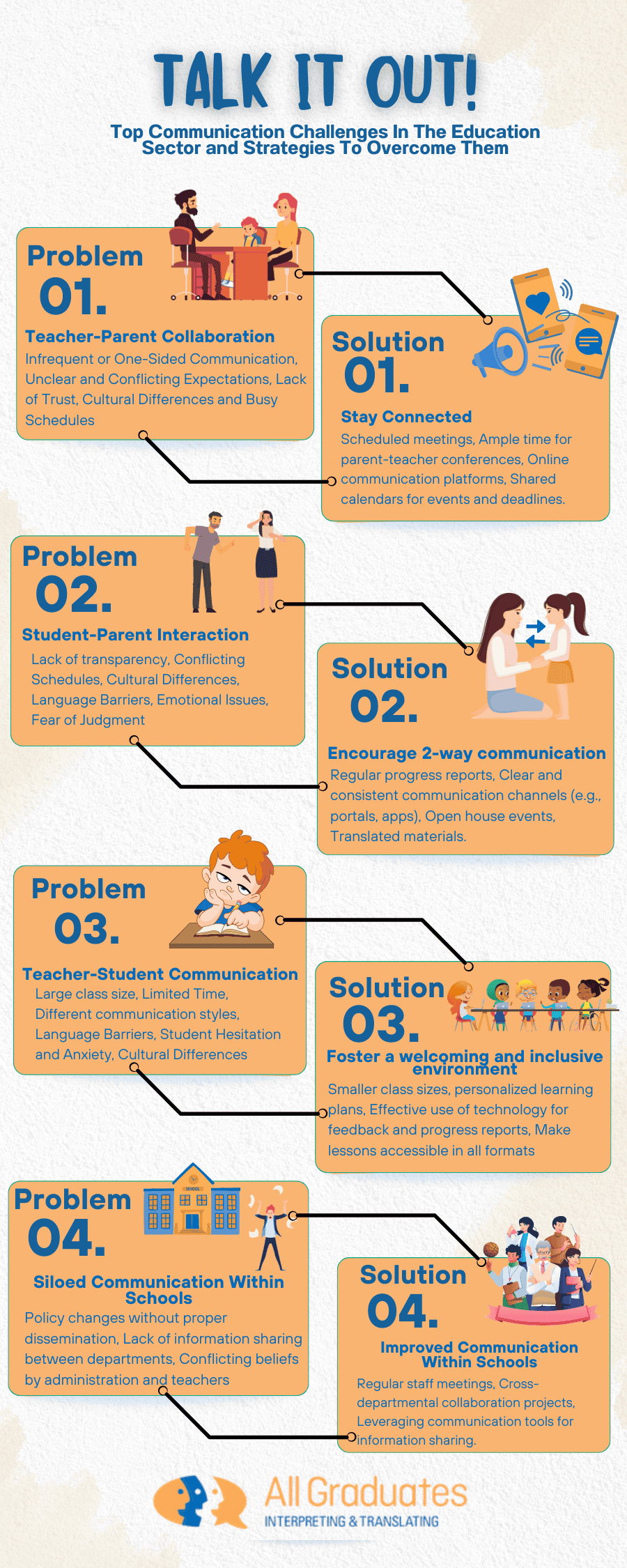


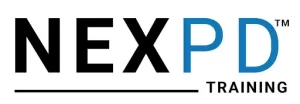

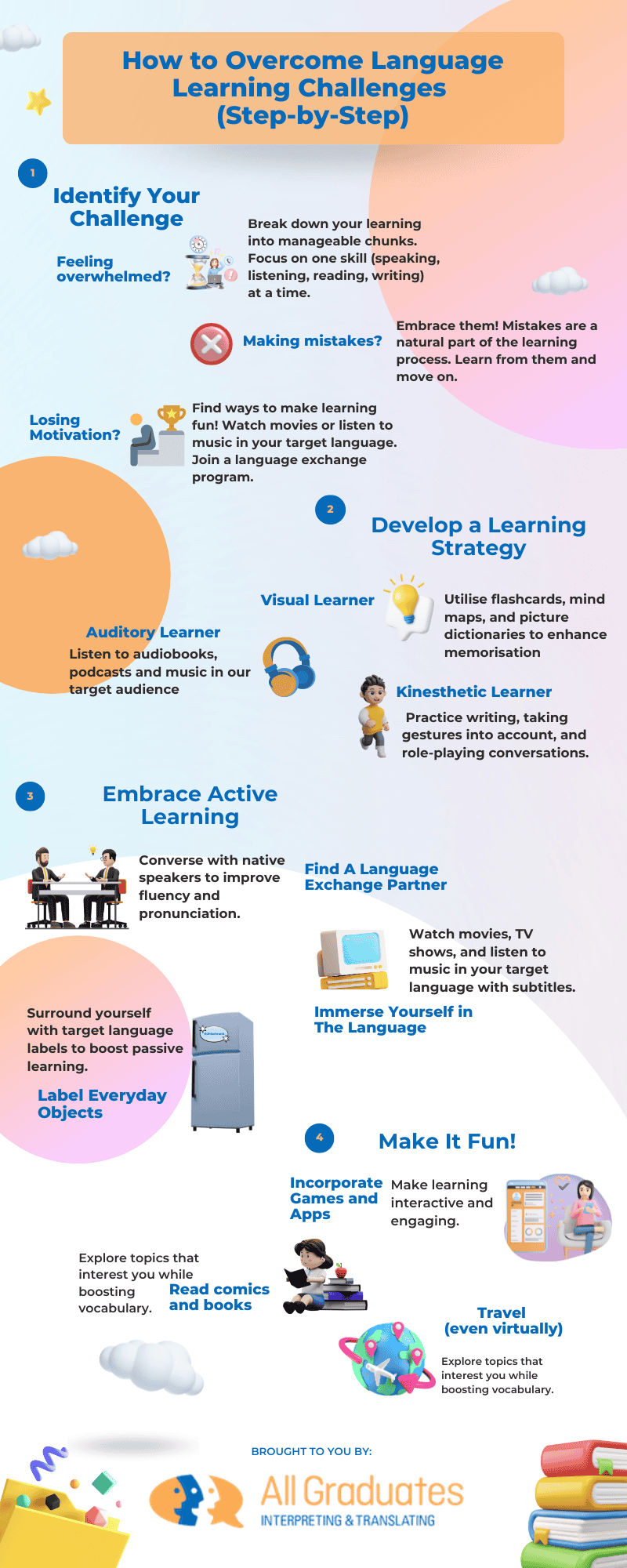








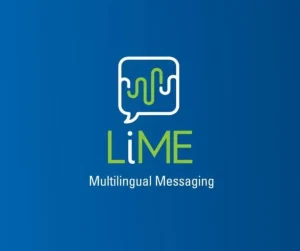
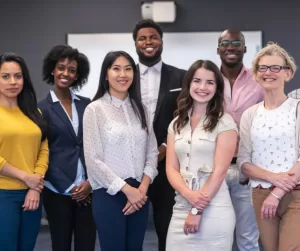
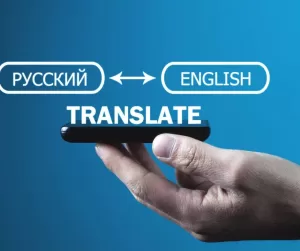











 Local takeaways changing, and cooking shows booming – both show our love for global flavors.
Local takeaways changing, and cooking shows booming – both show our love for global flavors.

